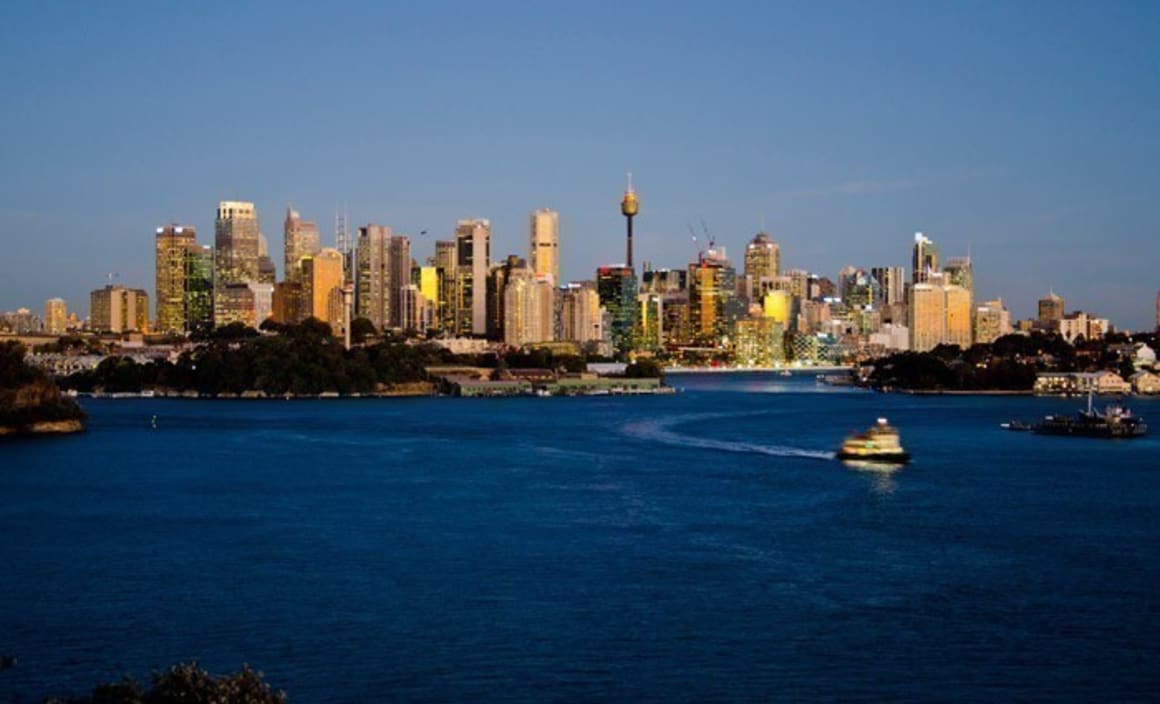Sydney's rental affordability is hurting middle-income families

It has been increasingly obvious Sydney housing affordability was deteriorating based on the number of years’ worth of income required to purchase a home.
The significant gap also exists between incomes and the cost of renting.
The situation is particularly dire for single income households.
Professor David Adamson, from the University of South Wales, noted in the recent Housing Affordability Income Gap report, that the geography of housing unaffordability was increasingly hurting middle-income families.
Historically rents have been more closely pegged to incomes than property prices, but this link appears to be weakening.
Adamson suggests we have a broken housing system as between 2006 and 2016, Sydney median rents have increased by 76% while incomes have increased by 51%.
"The analysis tells us that this isn’t simply an experience of the few but that occupations often seen as middle-class and well paid are increasingly experiencing housing stress in order to live close to their place of work."
The report concluded typical households face the choice between living a considerable distance from the city, or living in a one-bedroom apartment.
If neither option was practical, these households are effectively forced to accept living in housing stress.
Avoiding stress on a two-bedroom apartment in Sydney’s inner suburbs required a $121,000 income.
The report notes the median rent in Sydney is $530 per week which would be enough to secure a three-bedroom house in Blacktown, but not enough for a two-bedroom unit in Burwood.
The report found two-bedroom units in Sydney’s middle ring are affordable, however affordability income gaps exist in the Canada Bay, Hunters Hill, Ku-ring-gai and Willoughby LGAs.
Sydney’s outer ring is affordable for renting, although income gaps exist for detached dwellings in Hornsby, Northern Beaches, Sutherland, and The Hills Shire.
Since June 2000, regions in Sydney’s west such as Blacktown and Fairfield have experienced rent increases of 125% and 145% respectively, compared to 87% in Mosman, and 94% in Woollahra.
The effect is even more pronounced in satellite cities on the outskirts of Sydney such as Newcastle, where rents are up 150%, and Wollongong with rents up by 168%.
With relatively lower incomes, renters of detached dwellings in the outlying locations and regional NSW face housing stress too.
The report acknowledges the 30-year boom in house prices has made a lot of people extremely wealthy, "at least on paper".
It then suggests the wealth effect was "perhaps why so many have been willing to turn a blind eye to the economic and social fallout for so long".
It slammed policy makers for "aiding this wilful blindness by using cheap credit and immigration to create the illusion of an economy running on all cylinders".
The AHIG report noted dwelling prices have experienced modest declines over the year with Sydney leading the way, down 4.5%.
"It would be a mistake however for policy makers to take this as a sign that no action is required," the report concluded, noting for Australian housing to meet any accepted definition of affordability, prices would have to fall by 60% from the 2017 peak.
It conceded any major fall in prices could spark a deep and painful recession.
However a recession "sparked by a housing bust should be viewed as an opportunity to address the systemic problems that enabled the emergence of the crisis in the first place,' it ill-advisedly countenances.
This article first appeared in The Daily Telegraph.